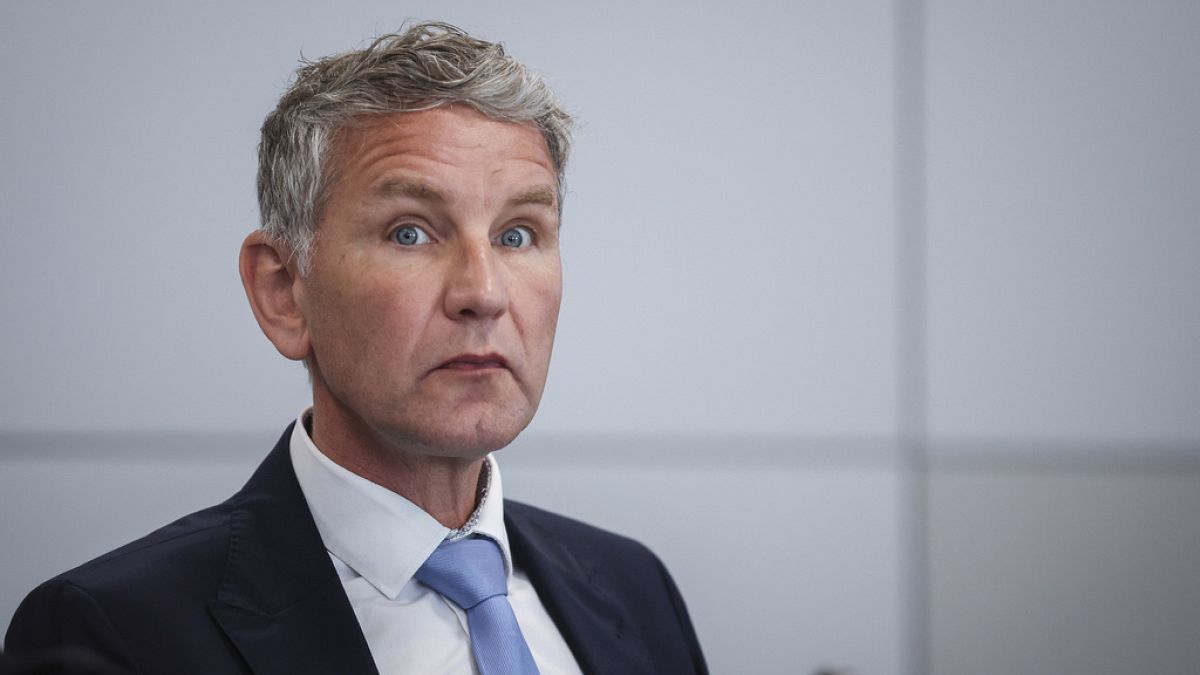The Biden administration has told Congress it plans to send a $1bn package of military aid to Israel despite US opposition to the Israeli military’s plans for a full assault on Rafah, the city in southern Gaza.
The move by the White House comes after the US paused one shipment of 2,000-pound bombs to Israel over concerns about their use in densely populated areas of Gaza, which risks further increasing the Palestinian civilian death toll.
While that step marked the first time Biden had withheld weapons in an effort to restrain Israel’s military conduct since the war with Hamas began in October, the $1bn package in the works shows that Washington is not seeking to restrict its arms supply to Israel more broadly.
The signal from the Biden administration that it wanted to proceed with the $1bn weapons package was conveyed this week, according to a congressional aide. It is expected to include mostly tank ammunition and tactical vehicles.
“We are continuing to send military assistance, and we will ensure that Israel receives the full amount provided in the supplemental,” Jake Sullivan, Biden’s national security adviser, told reporters on Monday, referring to $95bn foreign security aid bill for Ukraine, Israel and the Indo-Pacific enacted last month.
“Arms transfers are proceeding as scheduled,” another US official said on Tuesday.
The state department did not immediately respond to a request for comment.
The Wall Street Journal first reported the Biden administration’s plans for a new $1bn weapons transfer to Israel.
Biden decided to freeze the transfer of some of its most lethal bombs as it sought to deter the Israel Defense Forces from a full assault on Rafah, the city in southern Gaza where more than 1mn Palestinians are estimated to be sheltering. The US is also seeking to finalise a temporary ceasefire deal and secure the release of hostages held by Hamas.
The state department last week warned that US-made weapons might have been used in the conflict in a way that violated humanitarian rights.
Israeli Prime Minister Benjamin Netanyahu reacted with defiance to Biden’s arms suspension, saying Israel would “stand alone” in the absence of support form the US, its closest ally.
While some Democrats were relieved to see Biden make more aggressive use of US leverage over Israel, the president also faced a backlash from lawmakers within his party who were upset about the move, including Jacky Rosen, the Nevada senator, and John Fetterman, the Pennsylvania senator.
Rosen said the US needed to provide Israel with “unconditional security assistance”.


























